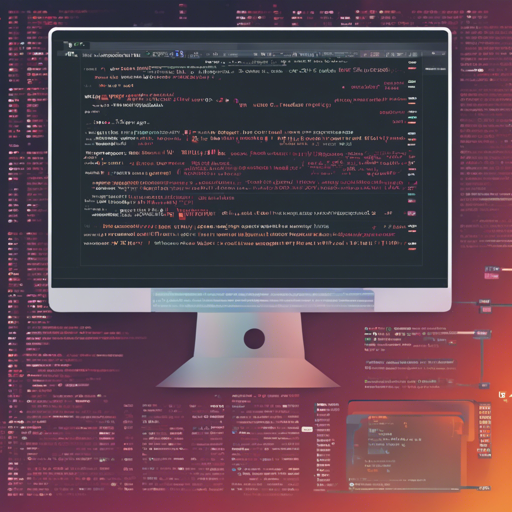Welcome to your guide on how to implement the state-of-the-art Make-A-Video, a text-to-video generator developed by Meta AI, using PyTorch. This article will explain the installation and usage of this innovative tool so you can dive right into generating videos from textual descriptions.
Getting Started with Installation
First things first, you’ll want to install the Make-A-Video package. You can do this easily using pip. Here’s the command you need:
bash
$ pip install make-a-video-pytorch
Implementing Make-A-Video
Once you have Make-A-Video installed, you can start creating amazing video content. Below are examples to help you set it up effectively. The implementation will make use of pseudo-3D convolutions and temporal attention for better performance over time.
1. Passing in Video Features
To begin, we need to set up our convolution and attention mechanism. This is how you can do it:
python
import torch
from make_a_video_pytorch import PseudoConv3d, SpatioTemporalAttention
conv = PseudoConv3d(dim=256, kernel_size=3)
attn = SpatioTemporalAttention(dim=256, dim_head=64, heads=8)
video = torch.randn(1, 256, 8, 16, 16) # (batch, features, frames, height, width)
conv_out = conv(video) # (1, 256, 8, 16, 16)
attn_out = attn(video) # (1, 256, 8, 16, 16)
2. Using Images for Pretraining
If you’re looking to pretrain using images, you can slightly adjust the implementation as follows:
python
images = torch.randn(1, 256, 16, 16) # (batch, features, height, width)
conv_out = conv(images) # (1, 256, 16, 16)
attn_out = attn(images) # (1, 256, 16, 16)
3. Controlling the Training Modules
In scenarios where you want to control the training modalities—say, only focusing on spatial learning—you can modify the modules accordingly:
python
conv_out = conv(video, enable_time=False) # (1, 256, 8, 16, 16)
attn_out = attn(video, enable_time=False) # (1, 256, 8, 16, 16)
4. Full SpaceTimeUnet Implementation
The full SpaceTimeUnet allows for flexible training by being agnostic to whether you’re inputting images or videos:
python
from make_a_video_pytorch import SpaceTimeUnet
unet = SpaceTimeUnet(dim=64, channels=3, dim_mult=(1, 2, 4, 8),
resnet_block_depths=(1, 1, 1, 2),
temporal_compression=(False, False, False, True),
self_attns=(False, False, False, True),
condition_on_timestep=False,
attn_pos_bias=False,
flash_attn=True).cuda()
images = torch.randn(1, 3, 128, 128).cuda()
images_out = unet(images)
video = torch.randn(1, 3, 16, 128, 128).cuda()
video_out = unet(video)
Troubleshooting
If you face issues while following this process, consider the following troubleshooting tips:
- Ensure that your PyTorch installation is up to date and compatible with CUDA if you’re using GPU acceleration.
- Check for any discrepancies in the input shapes. Make sure your tensors are properly dimensioned as indicated in the examples.
- Examine error messages closely; they often provide hints about what went wrong.
- If problems persist, consult the official repository for any known issues or further insights.
- For more insights, updates, or to collaborate on AI development projects, stay connected with fxis.ai.
At fxis.ai, we believe that such advancements are crucial for the future of AI, as they enable more comprehensive and effective solutions. Our team is continually exploring new methodologies to push the envelope in artificial intelligence, ensuring that our clients benefit from the latest technological innovations.
Conclusion
With Make-A-Video implemented, you are now equipped to explore the exciting field of text-to-video generation. Whether you’re creating animations, educational content, or just experimenting, the possibilities are endless. Enjoy creating beautiful video content!

